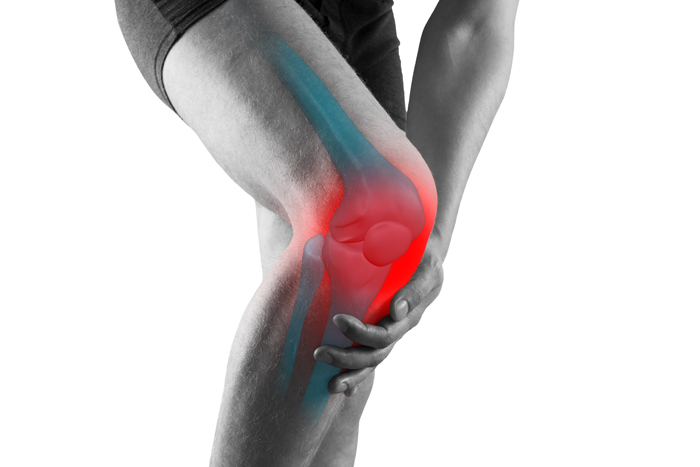
By the year 2050, approximately one billion individuals worldwide are expected to have osteoarthritis, which damages the joints, according to recent research that was published in the journal The Lancet Rheumatology.
The study discovered that 15% of the world’s population aged 30 or older has osteoarthritis, after analyzing 30 years of osteoarthritis data (1990–2020) from more than 200 nations.
595 million people were affected by osteoarthritis in 2020, a 132% rise from 256 million people in 1990, according to research, led by the Institute for Health Metrics and Evaluation (IHME), Washington, US, as part of the Global Burden of Disease Study 2021
The study blamed the rapid rise in osteoarthritis cases on aging, population growth, and obesity.
“With the key drivers of people living longer and a growing world population, we need to anticipate stress on health systems in most countries,” said Jaimie Steinmetz, the study’s corresponding author and lead research scientist at IHME.
The impact of Obesity on Osteoarthritis
Obesity, or having a high body mass index (BMI), was found to be a major risk factor for osteoarthritis, and it played a greater role over time as obesity rates climbed.
Obesity was found to be responsible for 16% of osteoarthritis impairment in 1990, the first year of the study, and had increased to 20% by 2020.
According to the research, if obesity was adequately addressed in the population, the worldwide osteoarthritis burden may be lowered by 20%.
Physical inactivity’s influence on obesity and pain associated with osteoarthritis can result in opposing and unintended negative cycles.
“For example, being physically active can prevent injuries earlier in life and can even be beneficial for someone with joint pain. It’s counterintuitive, but having joint pain doesn’t mean we should remain sedentary,” said Liane Ong, a lead research scientist at IHME, who supervised and co-authored the study.
The knees and hips were discovered to be the most typically affected joints by osteoarthritis, which the study projects to also be the most affected by 2050.
According to the study, women are more likely than males to suffer from this illness.
Gender disparity in Osteoarthritis cases
In 2020, women accounted for 61% of osteoarthritis cases, while men accounted for 39%. There are several plausible explanations for this gender disparity.
“The reasons for gender differences in osteoarthritis prevalence are being investigated, but researchers believe that genetics, hormonal factors, and anatomical differences play a role,” said Jacek Kopek, the study’s senior author and professor in the School of Population and Public Health at the University of British Columbia, Canada.
With no effective cure for osteoarthritis now available, the authors stressed the need for preventive and early intervention techniques, such as making expensive, effective therapies like joint replacements more affordable in low- and middle-income nations.
According to the researchers, healthcare institutions and governments have an opportunity to interact and contribute to identifying susceptible populations, addressing obesity factors, and devising management measures to prevent or reduce the course of osteoarthritis.
